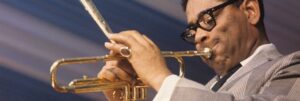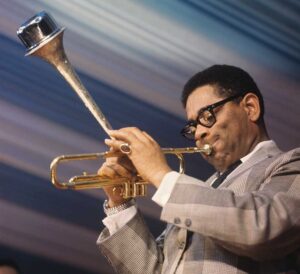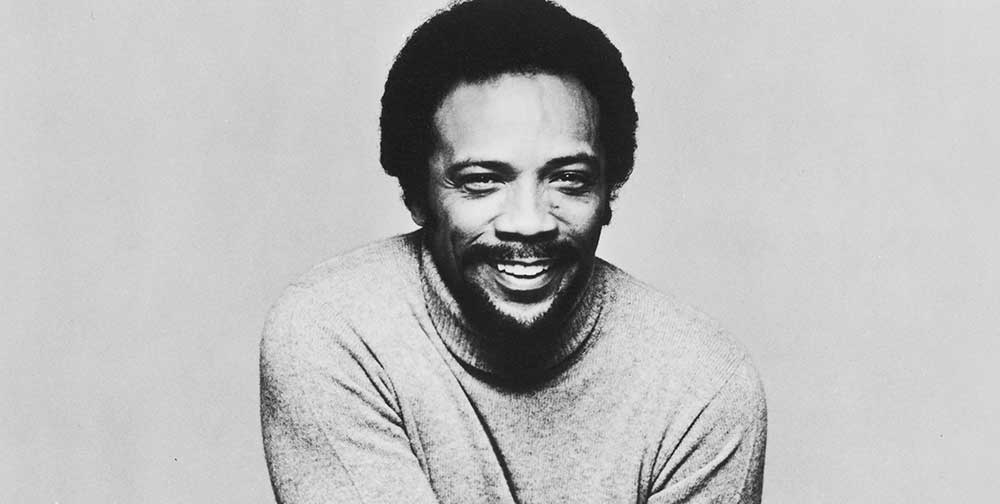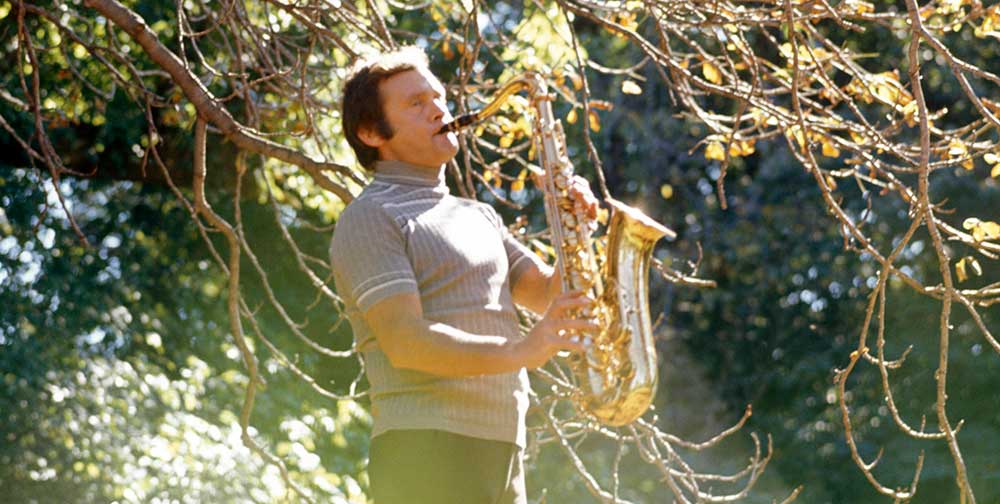Renowned for his clowning and often goofy persona on stage, the man known to his Mum as John but the rest of the world as Dizzy, seemed to do everything to live up to his name. But alongside the character and the antics was one of the greatest minds and talents in jazz history.
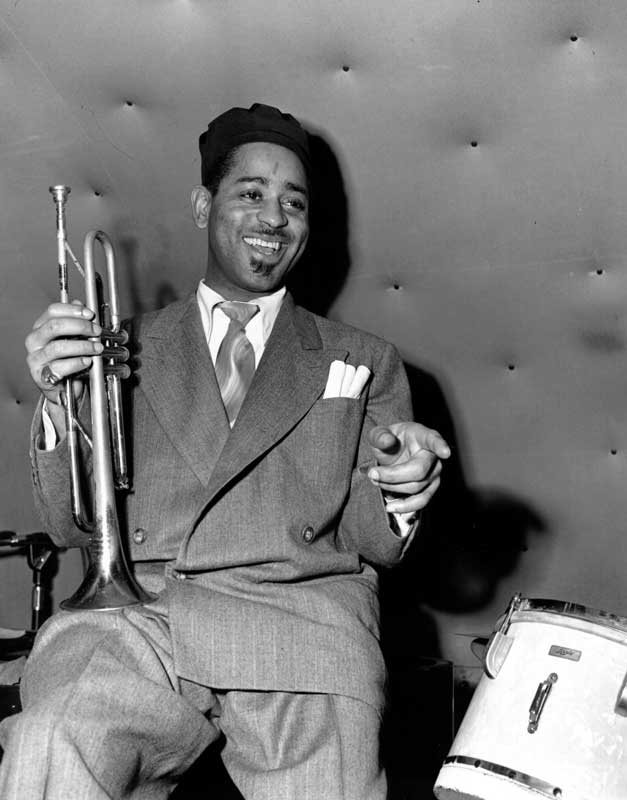
Dizzy Gillespie’s totemic bent bell trumpet was the product of a mishap, and what became a legendary tale. A friend of the maestro accidentally sat on his instrument and bent it, leading Dizzy to decide he preferred the resulting sound. He then had custom instruments produced with a bent bell, creating what became his trademark.
Recorded across two live sessions at a club in Los Angeles during 1967, “Swing Low, Sweet Cadillac” captures Dizzy in all his eccentric, electrifying glory. Yet it can be overlooked in his canon – which is vast, varied and in many places revolutionary.
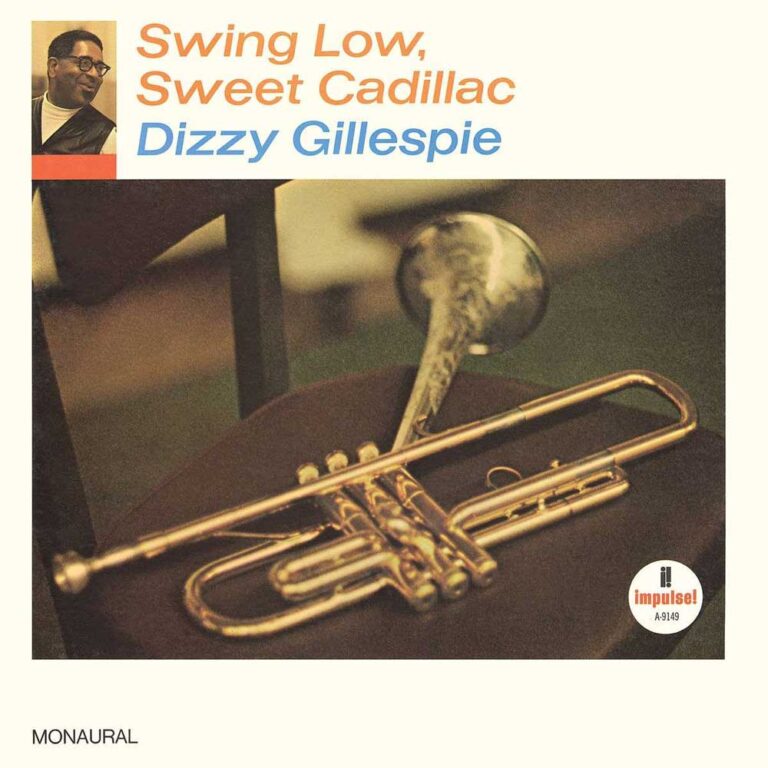
DIZZY GILLESPIE Swing Low, Sweet Cadillac
Available to purchase from our US store.On “Swing Low, Sweet Cadillac” we get Dizzy at the height of his powers but also in a state of transition. Earlier live albums such as his storming 1957 “Dizzy Gillespie at Newport Release” are often marred by poor sound quality, leaving the trumpet lines sounding harsh and abrasive and failing to capture the fullness of the band. None of these issues afflict “Cadillac”, which presents a powerful quintet formation. Alongside the trumpet and vocals of the man himself, his long-term collaborator James Moody is on tenor and alto saxophone, flute and vocals. Piano duty falls to Mike Longo and the rhythm section consists of Frank Schifano on bass guitar and Otis “Candy” Finch on drums.
At the heart of this live set, creating many of its most electrifying moments, is the relationship between Dizzy and Moody. A case in point is the show-stealing “Kush” – a sixteen-minute stomper that closes out the set. Starting with a snippet of Gillespie telling the audience that the track is “inspired by and in tribute to Mother Africa”, the track kicks off with a fluttering but potent flute line from Moody, before it evolves into a searing bop masterclass. The two players weave shapes in the air around each other as Longo’s piano-work rattles along, all the time with the bass and drums of Schifano and Finch underpinning proceedings.
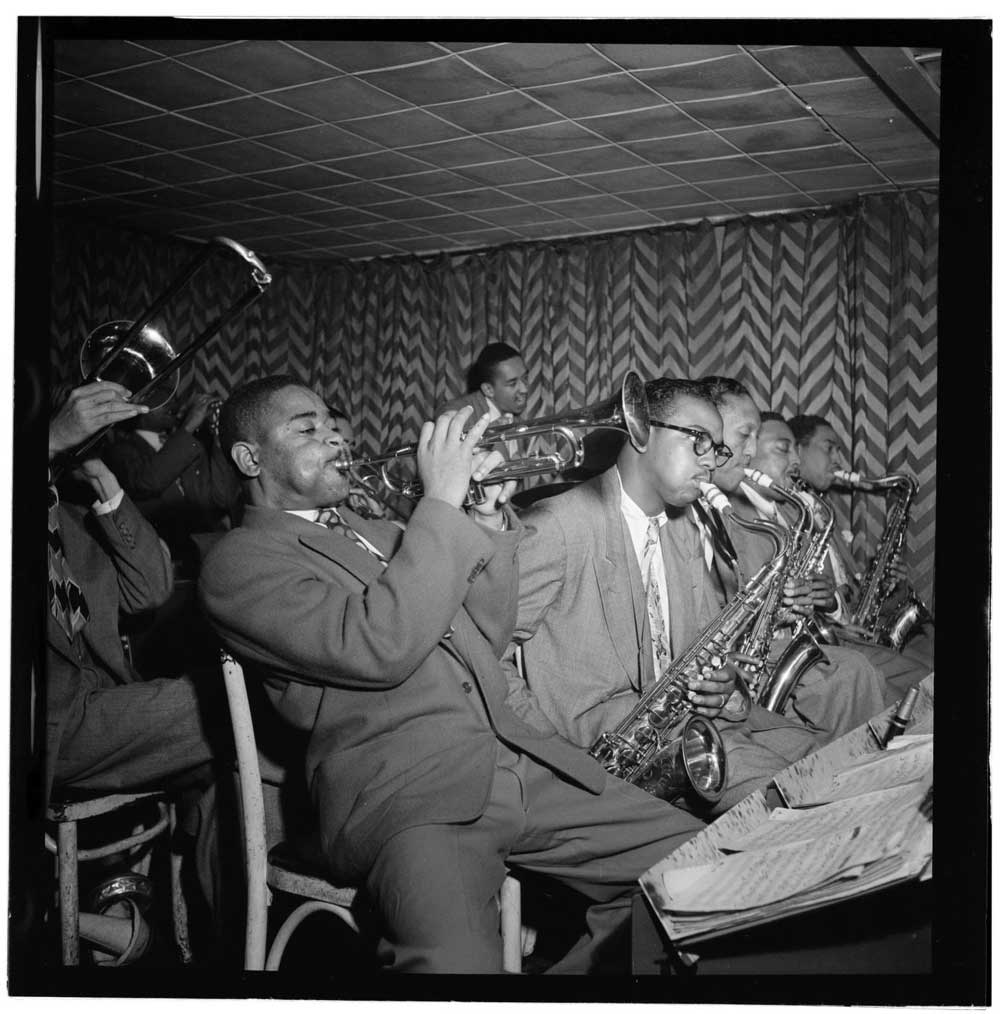
By the time “Swing Low, Sweet Cadillac” was recorded, Dizzy was well into his storied career. The great Wynton Marsalis would later describe him as “so quick-minded, he could create an endless flow of ideas at unusually fast tempo”, adding that “nobody had ever even considered playing a trumpet that way, let alone had actually tried”. The genius hand and outlandish style touched upon by Marsalis is in full evidence on this live set. Alongside the aforementioned and expansive “Kush”, the listener is treated to a masterclass in dextrous trumpet-work on “Bye”, a cut that defies its sub minute and a half length to deliver a hard-hitting groove and big solo.
The title track perfectly demonstrates the two major Gillespie personas. The goofy entertainer is there in full effect riffing on the source material of “Swing Low, Sweet Chariot”, while the virtuosic jazz master is taking things off into the stratosphere with his improvisation. The track’s intro is also worthy of note for the chant that kicks it off, featuring vocals from the man himself and Moody in a combination of Yoruba and English – a clear nod to the Afro-Cuban pioneer Chano Pozo.
The tight five-track set on offer here showcases an artist in transition. Alongside the Afro-Cuban element, Dizzy is playing with pop sensibilities as well as Brazilian influences. The former is exemplified by a cover of “Something in Your Smile”, a pop number penned by Leslie Bricusse but popularised by Tony Bennett. While Dizzy’s vocals on the cut may not match the skill of the man most known for singing the tune, they have an endearing and charming quality to them.
Gillespie’s growing Brazilian influences come to the fore on the searing adaptation of Jorge Ben’s “Mas que Nada (Pow, Pow, Pow)”. Retaining the Latin flair of the original, Dizzy’s band bring a bop angle to this cut, creating one of the record’s most memorable moments.
In a career full of highlights, it could be easy to overlook “Cadillac”, however it would be a shame for jazz fans to do that. Across its relatively short run-time, the listener is treated to a high-quality recording of an artist holding his audience in the palm of his hand, while adapting his art for the world around him. One can only imagine what it was like to be in the audience for either of the shows that comprise this extraordinary set.

DIZZY GILLESPIE Swing Low, Sweet Cadillac
Available to purchase from our US store.Andrew Taylor-Dawson is an Essex based writer and marketer. His music writing has been featured in UK Jazz News, The Quietus and Songlines. Outside music, he has written for The Ecologist, Byline Times and more.
Header image: Dizzy Gillespie, 1963. Photo: David Redfern/Redferns.
